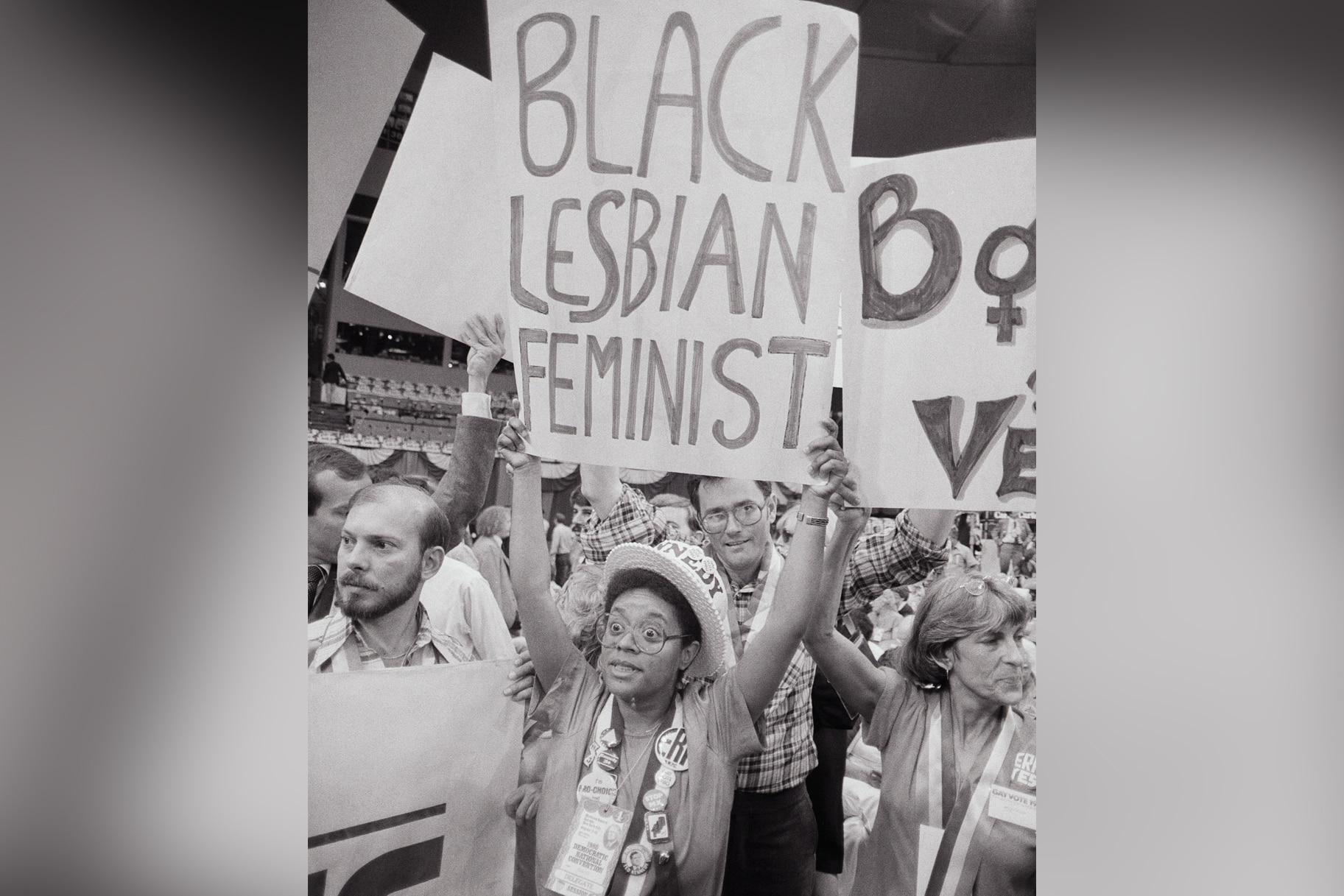Create a free profile to get unlimited access to exclusive videos, breaking news, sweepstakes, and more!
Who Was Ernestine Eckstein, Trailblazing LGBTQ Protestor?
Several years before the 1969 Stonewall uprising in New York City, LGBT movement's first Black activist got involved in both the Black Freedom Movement and the Daughters of Bilitis, the very first lesbian civil rights organization in the United States.

Ernestine Eckstein was one of the first Black activists in the LGBTQ movement — and her trailblazing efforts should not be forgotten.
Several years before the 1969 Stonewall uprising in New York City, Eckstein got involved in the Black Freedom Movement and the Daughters of Bilitis, the very first lesbian civil rights organization in the United States, according to NBC News.
Eckstein was a leader and vice principal in the New York chapter of the Daughters of Bilitis, according to the 2020 HBO docuseries “Equal,” and helped pushed the Daughters of Bilitis towards public protests, in which she participated.
Eckstein marched in Philadelphia at the first “Annual Reminder Day,” a series of protests organized by LGBTQ groups on July 4 in 1965. She also marched in front of the White House; she was the only Black person demonstrating at the time. Both pickets marked some of the very first protests for LGBTQ rights.
“Picketing I regard as almost a conservative activity now,” she told lesbian outlet "The Ladder," when she graced its cover in 1966. “The homosexual has to call attention to the fact that he’s been unjustly acted upon. This is what the Negro did.”
She majored in journalism at the Indiana University in Bloomington, Indiana, where she also got a minors in government and Russian. She was the officer of her school's NAACP chapter during her senior year.
She moved to New York City three years after graduation. She told "The Ladder" "that she was surprised to learn that there wasn’t much activism going on to further the rights of LGBTQ folk," added that she was “disturbed” that some described homosexuality as a “sickness.”
She noted that many other women in the LGBTQ movement were afraid to protest, despite supporting the protestors.
"Any movement needs a certain number of courageous people, there's no getting around it,” she maintained. “They have to come out on behalf of the cause and accept whatever consequences come."
When she posed for the cover of "The Ladder," she made history by being the first Black person to be photographed as a gay activist, according to the "Making Gay History" podcast. They noted that she did it "despite the potential risk of being found out and fired from her civil service job."
Eckstein also advocated for transgender people to be included in the gay rights movement —which was called the "homophile movement" at the time.
“I feel the homophile movement is only part of a much larger movement of the erasure of labels. I think the right of a person to dress as he chooses must necessarily follow when we expand our own philosophy of bringing about change for the homosexual,” she told "The Ladder." “I see no reason why we cannot begin to expand into other areas. And this one is so closely aligned with our own.”
She said that she'd "like to find a way of getting all classes of homosexuals involved together in the movement."
In the 1970s, Eckstein became involved in the Black feminist movement.
"She was a visionary who predicted and foreshadowed so many of the issues that would face the LGBTQ community in the decades to come," according to the "Making Gay History" podcast.
She died in 1992.


